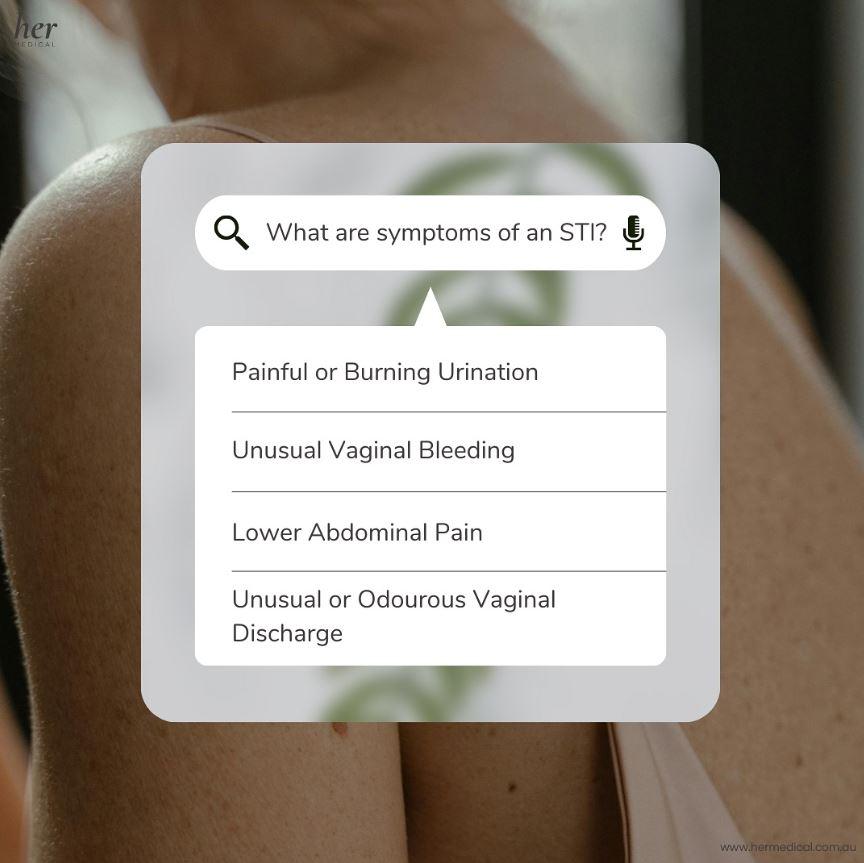Understanding STIs: Symptoms and Testing

Sexually transmitted infections (STIs) are a significant health concern that can affect anyone who is sexually active. Awareness and regular testing are key to managing and preventing the spread of STIs. In this blog, we’ll explore the common symptoms of STIs and the various methods used to test for them.
Common Symptoms of STIs
STIs can present a wide range of symptoms, and sometimes, individuals may not exhibit any symptoms at all. Here are some common signs to look out for:
- Genital Symptoms:
- Unusual discharge from the penis or vagina
- Pain or burning during urination
- Itching, irritation, or sores in the genital area
- Unexplained bleeding between periods or after sex (in women)
- General Symptoms:
- Pain or swelling in the testicles
- Pain in the lower abdomen
- Fever or flu-like symptoms
- Rash on the hands, feet, or trunk
- Oral Symptoms:
- Sore throat
- Mouth sores or blisters
- Anal Symptoms:
- Discharge, itching, or pain in the rectal area
- Bleeding from the rectum
It’s important to note that the presence of symptoms varies widely among individuals and depends on the specific STI. For instance, chlamydia and gonorrhoea often present mild or no symptoms, especially in women, which underscores the importance of regular screening.
How Are STIs Tested?
Testing for STIs is straightforward and varies depending on the type of infection. Here’s a rundown of the most common testing methods:
- Urine Tests:
- Used to detect infections like chlamydia and gonorrhoea. You provide a urine sample, which is then analysed for the presence of bacteria.
- Blood Tests:
- Used to diagnose HIV, syphilis, and hepatitis. A small blood sample is taken and tested for antibodies or the genetic material of the pathogens.
- Swab Tests:
- A sample is taken from the affected area, such as the cervix, urethra, throat, or rectum. This method is commonly used for chlamydia, gonorrhoea, and HPV.
- Physical Examination:
- A healthcare provider may examine any sores, rashes, or warts to determine the cause and recommend appropriate testing.
- Pap Smear:
- Primarily used to screen for cervical cancer and can also detect HPV. A sample of cells from the cervix is collected and examined.
- Rapid Tests:
- Some STIs, like HIV, can be tested with rapid tests that provide results within 20-30 minutes using a small blood sample or oral fluid.
Why Regular Testing is Crucial
Regular STI testing is crucial for sexually active individuals, even if no symptoms are present. Early detection and treatment can prevent complications and reduce the spread of infections to others. It’s also important for pregnant women to get tested to prevent transmission to the baby.
Conclusion
Understanding the symptoms and testing methods for STIs empowers individuals to take charge of their sexual health. If you notice any unusual symptoms or are sexually active, make regular STI screenings a part of your healthcare routine. Remember, early detection is key to effective treatment and maintaining your overall health.
For more information or to schedule a test, feel free to contact our clinic. Our healthcare professionals are here to provide compassionate and confidential care.